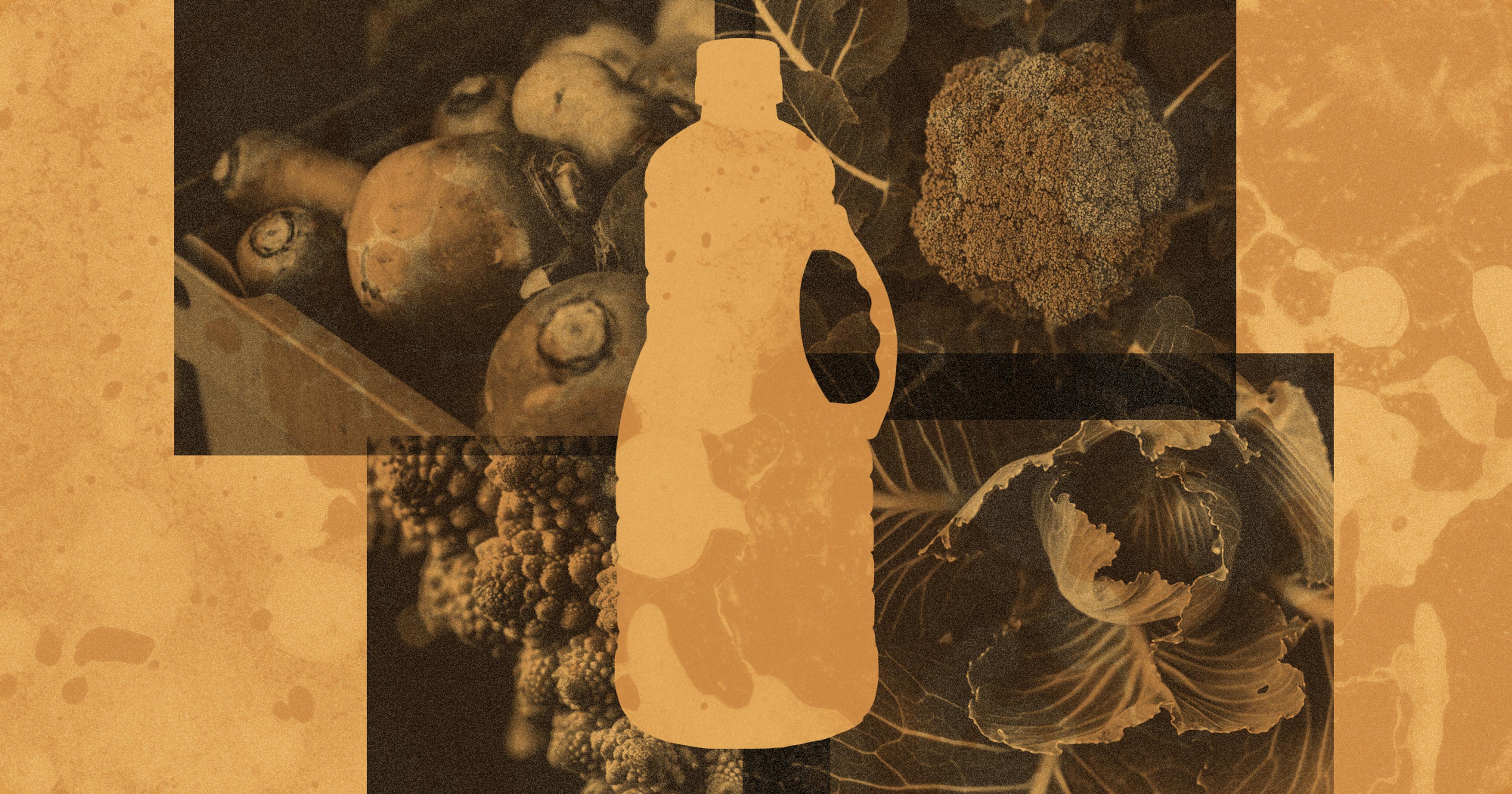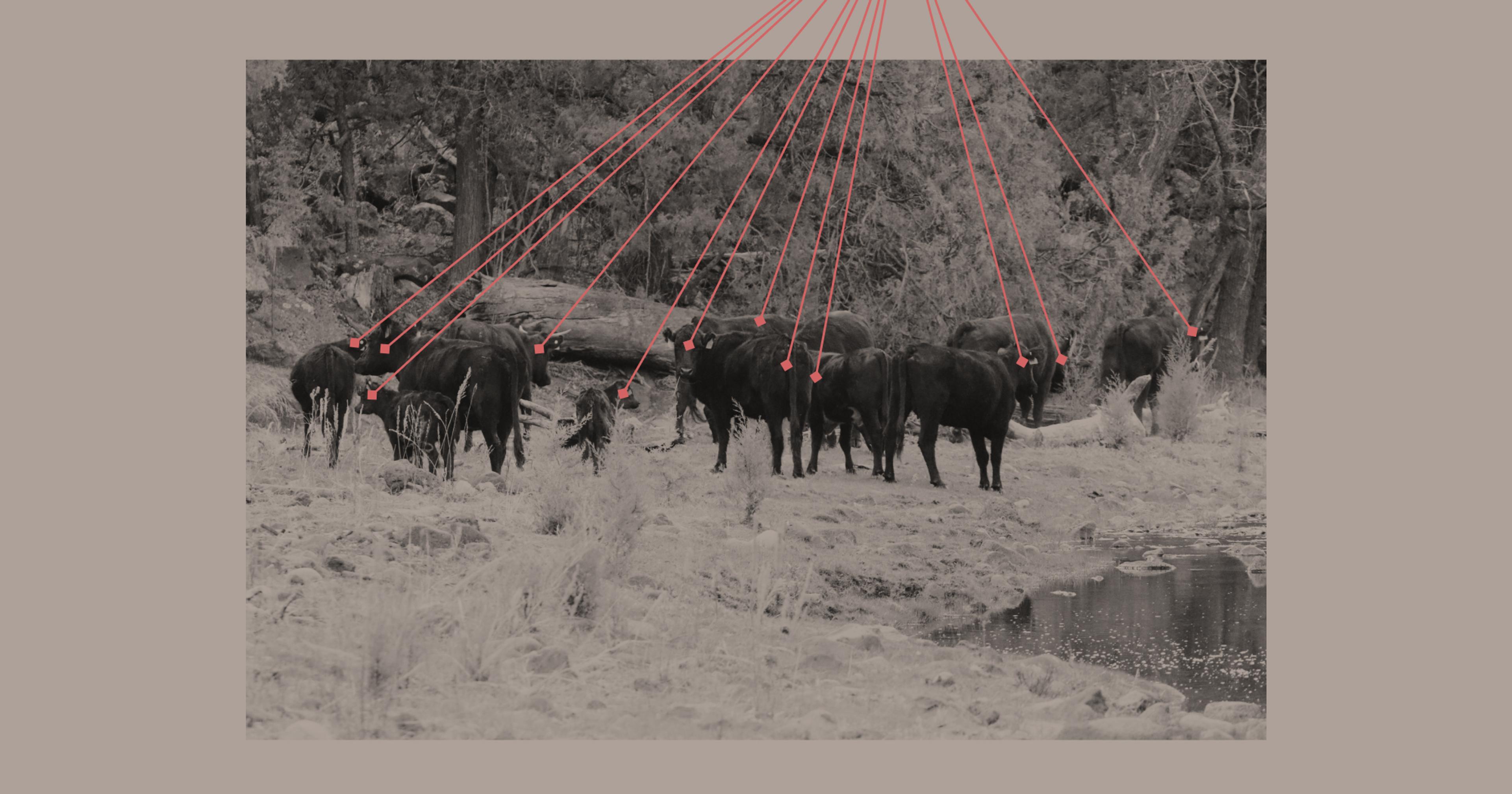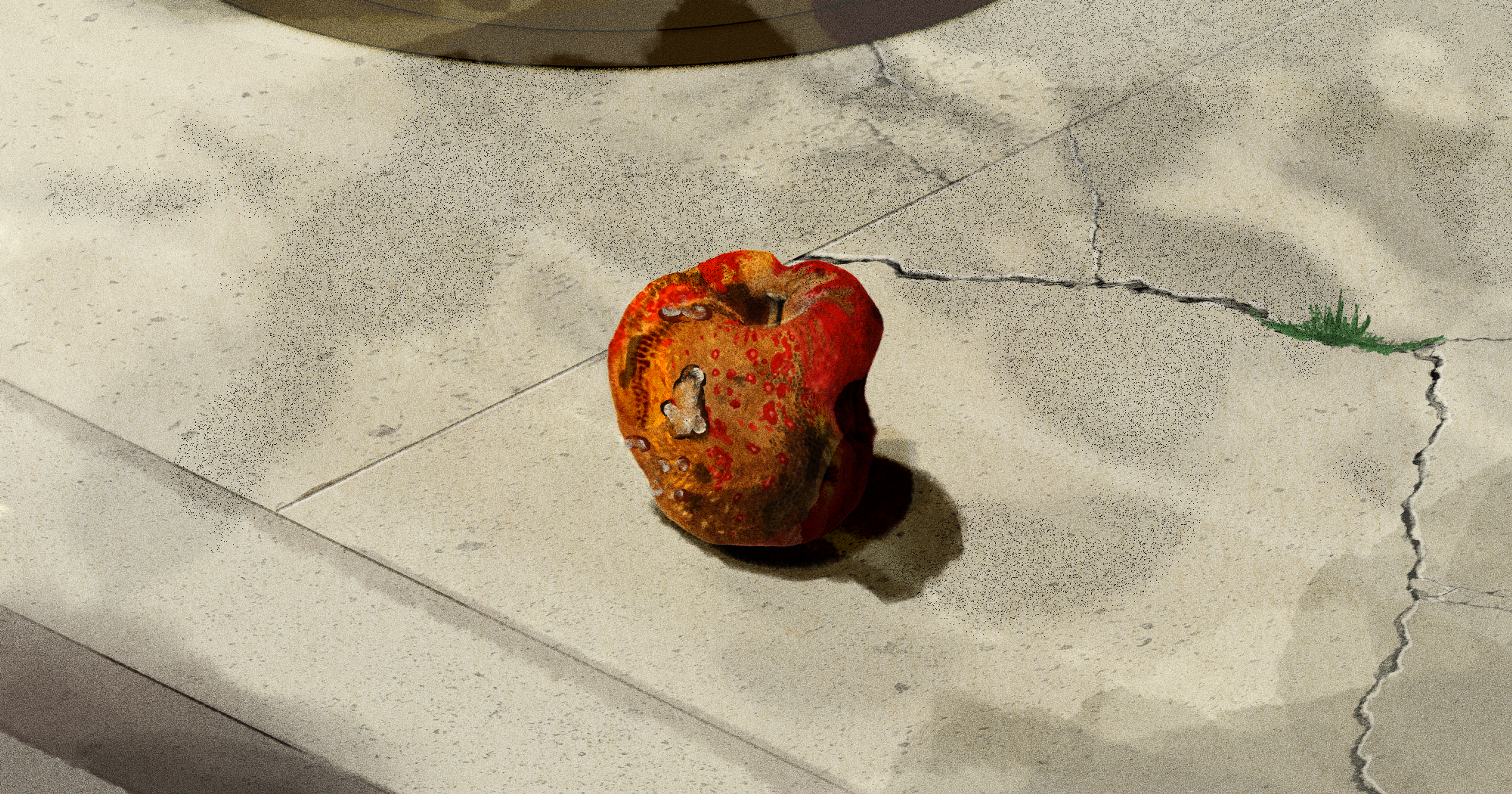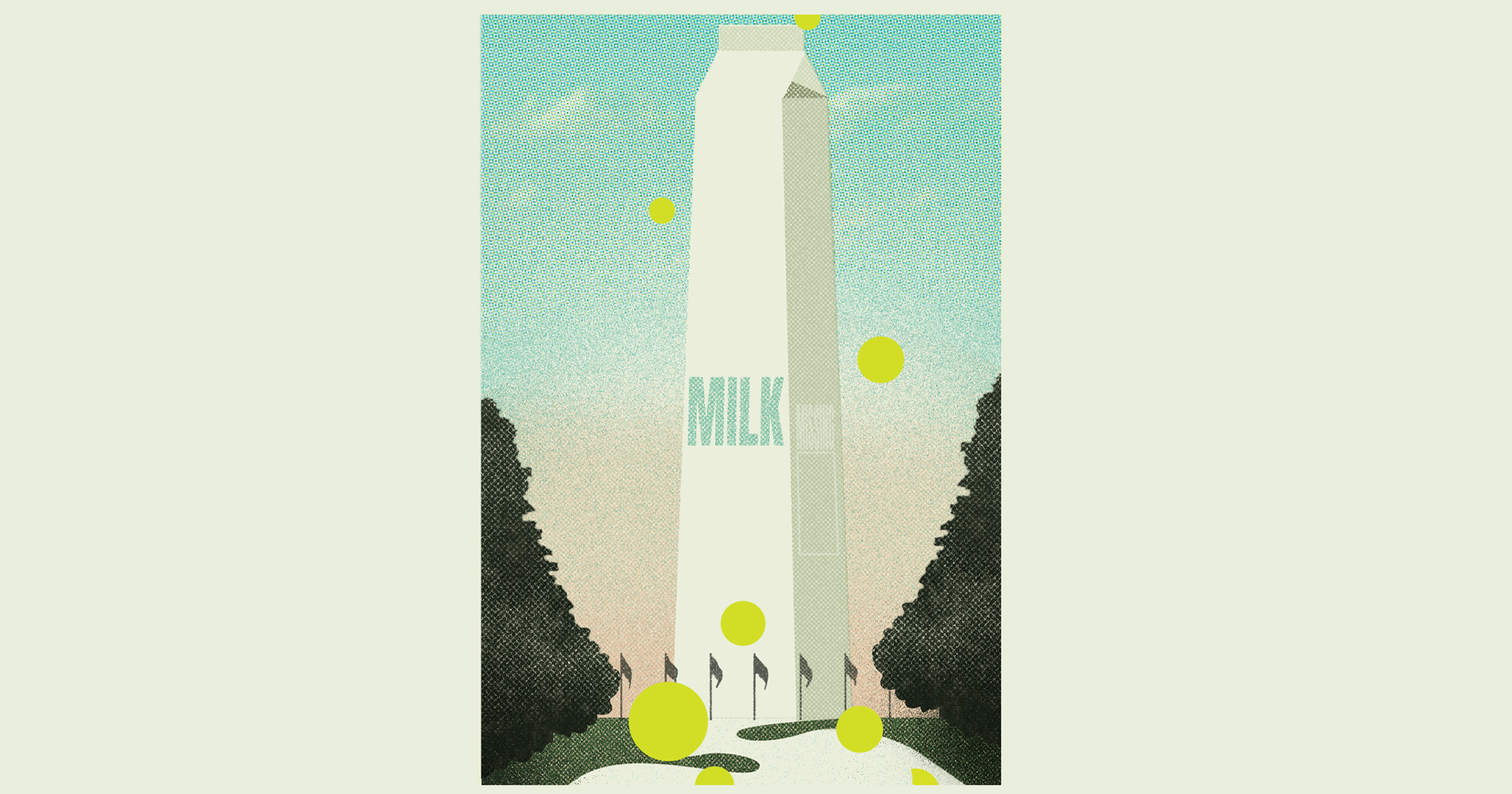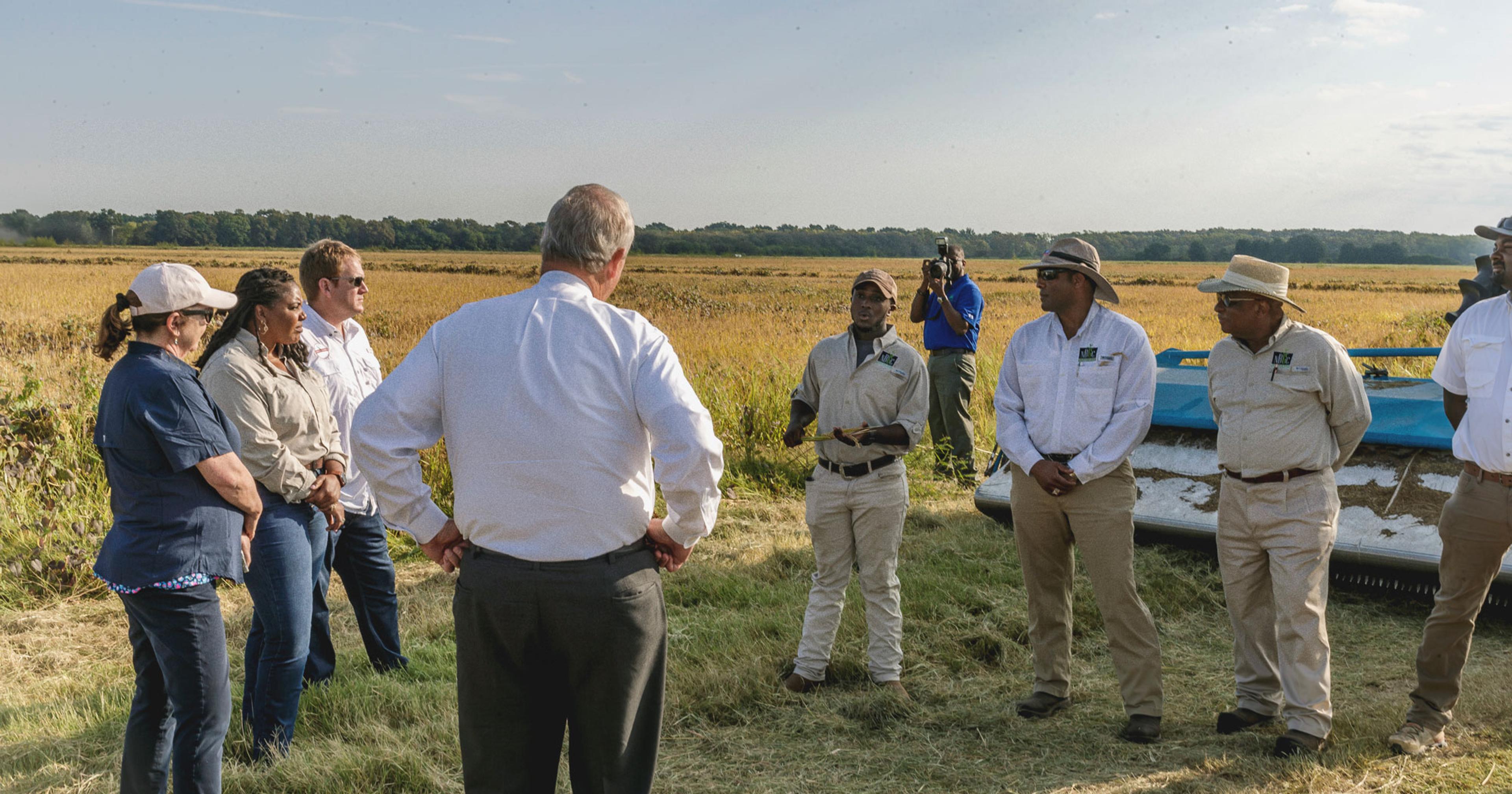As the state considers permanent restrictions on the crop in the Willamette Valley, a decades-long debate is pitting farmers against each other.
Oregon’s fertile Willamette Valley is one of the most diverse agricultural regions in the country, with plenty of room to grow a wide array of crops. That is, every crop except canola.
Since 2013, canola cultivation in the valley has been restricted to a 500-acre area, a tiny portion of the region’s 1.58 million farmed acres, which are planted with more than 170 different crops, including wine grapes, berries, hazelnuts (known locally as filberts), grain, grass seed, and hops. But it’s not the wineries and orchards that are anti-canola. Rather, it’s the region’s powerful network of specialty seed growers pushing for permanent restrictions. That’s because canola, primarily grown for its oil-rich seed that’s crushed to make cooking oil, margarine, and biodiesel, is said to readily cross-pollinate with other vegetable seed crops grown there.
The Willamette Valley isn’t the only place in the world where canola grows well. Canada is the world’s top producer, and the majority of American canola fields are planted in the Northern Plains; North Dakota leads the pack with 80% of all U.S. production. But farmers who grow wheat and grass seed in the Willamette Valley — crops that occupy more than half of the total harvested cropland in the region — say that adding canola to their rotation of crops would come with many benefits, including improved soil health, crop diversity, and weed control. Harvesting canola also yields additional income, and is processed regionally into food-grade oil and livestock meal, helping to fuel a local food system.
They want to know: Who gets to say which crops are more important?
Currently, canola growers within the protected district must apply for a permit to grow canola, which must be planted at least three miles away from any vulnerable crops. The limited planting regulation was first allowed for Oregon State University (OSU) researchers to study cross-pollination, pests, and disease. Those temporary limits were expanded in 2015, changing the purpose from research to commercial. In 2019, the 500-acre limit was again extended for another five years, and those regulations are set to expire on June 30.
Now, a new bill in the state Senate (SB789) aims to make the near-complete ban on growing canola permanent, reigniting a decades-long debate between specialty seed growers and canola farmers. Supporters of the bill say it’s needed to protect family seed farms from the threat of canola. Opponents say the bill is unnecessarily limiting farmers, and prioritizes the interests of powerful seed companies.
The specialty seed industry in the Willamette Valley is a lucrative one, responsible for upwards of $25 million in revenue each year, according to a recent report from Highland Economics, an environmental and natural resource economics consulting firm. The vast majority of the world’s supply of Brassica seeds — a family of vegetables that includes cabbages, mustards, kale, and turnips — come from the Willamette Valley. Canola is also in the Brassica family. Organic vegetable seed producers are especially concerned about the risk of cross-pollination between the two crops, as 90% of all canola grown in the U.S. is genetically engineered for herbicide resistance, which can affect the purity of seed crops and make them unsuitable for some markets.
“Vegetable seeds are grown on genetic purity,” explained third-generation Willamette Valley seed grower Garth Mulkey. “Cross-pollination with other Brassicas [such as canola] changes the end product that the user is purchasing, and if they don’t get what they pay for, they won’t come back for more.”
Who gets to say which crops are more important?
Whether or not canola is, in fact, detrimental to the purity of vegetable seeds is still hotly debated. But the GM nature of most canola is a notable part of the debate. Specialty seed growers are concerned that any additional acres planted with canola will heighten the cross-contamination risk to their seed stock. “If we get an outcrossing of a GMO gene into our vegetable seeds, we will lose our customers,” said Mulkey. “I hesitate to even say that, because I certainly don’t want to be the face of anti-GMO. But my biggest concern is that our customers are going to see that there’s GMO brassicas growing in my neighborhood, and they’re not going to come back to my neighborhood for vegetable seed production.”
According to plant scientist Carol Mallory-Smith, professor emeritus in the department of crop and soil science at Oregon State University, there’s no reason the two crops can’t co-exist. “There are no biological or agronomic reasons that canola should be treated differently from other Brassicaceae crops or be prohibited in the Willamette Valley,” she recently submitted in written testimony related to SB 789. “There are enough available acres to increase canola production as long as it is grown in a manner that is compatible with Brassicaceae seed production.”
Farmers who cultivate grass seed want a profitable rotation crop. Canola is an excellent solution, said Kathy Hadley, a Polk County farmer and member of the Willamette Valley Oilseed Association, because it helps break up the soil and reduce tillage, bees love it, and it’s profitable. “Grass seeds are our main crop, and we need a rotation crop. If we have a rotation crop that we at least break even on, it has value to us,” she said. “To have one that we make money on is a huge benefit.”
Unlike vegetable seed crops, canola thrives on non-irrigated ground — an important aspect to consider as climate change takes its toll on the state. Out of the Willamette Valley’s 1.58 million farmed acres, only 284,849 are irrigated, meaning most farmers don’t have the resources to cultivate high-value vegetable seeds. And yet, the new bill focuses on protecting the small amount of acreage available that can.
“It’s basically a rule that’s based on markets, and certain markets [that are deemed more important, such as specialty vegetable seeds] not wanting canola around them,” said Hadley. “So what’s lost is mine and other growers’ ability to choose what crop works best in our rotation.”
“If we get an outcrossing of a GMO gene into our seeds, we will lose our customers.”
As the recent Highland Economics report — commissioned by the Organic Seed Alliance and Oregon Organic Coalition — highlighted, the value of brassica seed crops is much higher per acre than canola, especially for organic seed crops. “If I was to quit growing vegetable seeds and grow canola, my net income would drop considerably,” said Mulkey.
Even if canola is less profitable, is that enough reason to regulate and restrict it? If passed, the bill “will set a precedent that one agricultural crop is valued more by the legislature than another,” said Republican state representative and farmer Anna Scharf, who is in opposition to the bill. “Why not ban turnips since they are also a brassica crop and there are tens of thousands of acres of them grown each year? Because turnips are primarily grown under a contract with a seed company who makes money off the backs of farmers. Canola is a commodity crop. It is grown by the farmer and sold by the farmer — no middleman or seed company needed.” (It should be noted: Turnips are not genetically modified, while canola typically is.)
The bill will soon head to the Senate floor for a vote, where it is expected to pass. It would then go to the House for a hearing. Until then, farmers on both sides of the debate are anxiously awaiting the outcome.
“It’s a tough situation. I don’t really want to be the guy telling his neighbors what they can and can’t do,” said Mulkey. “But I also don’t want their practices to affect what I can and can’t do.”

